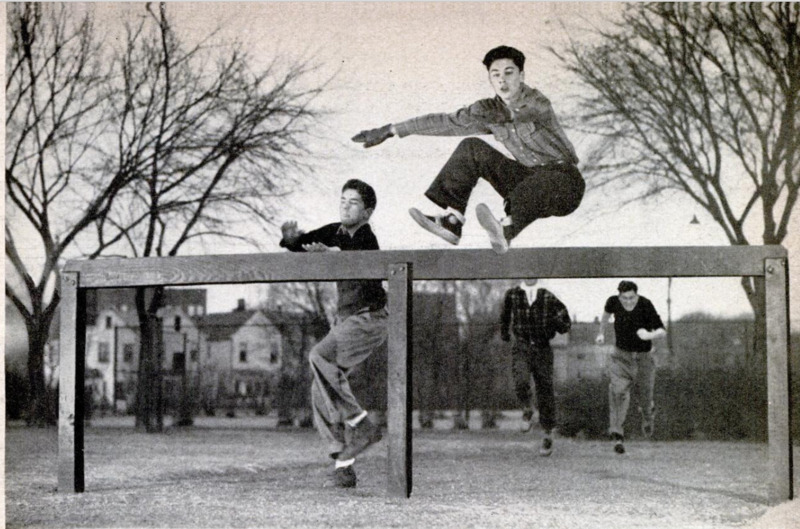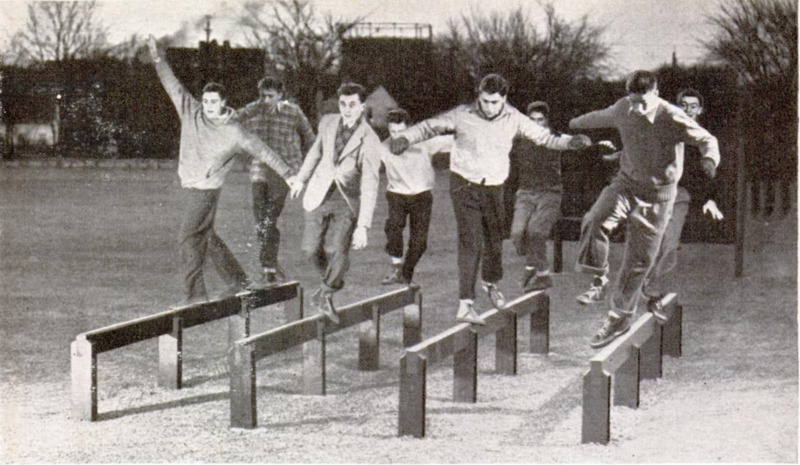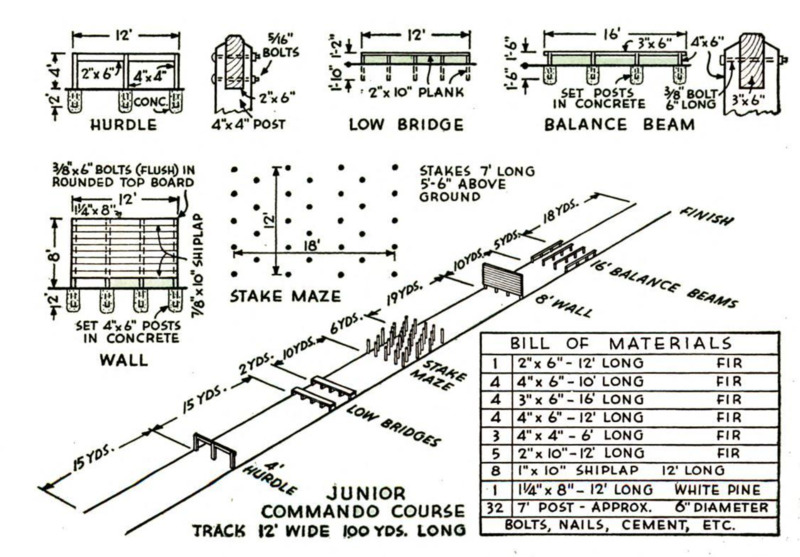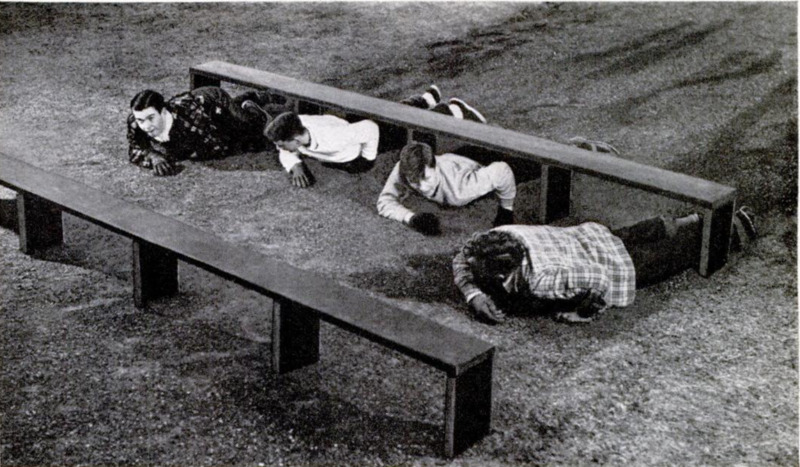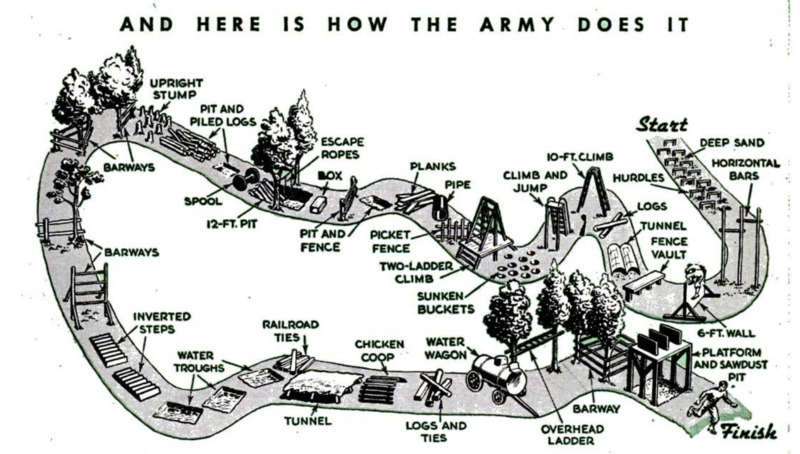Junior Commando Course. Obstacle of Type Used in Army Training Are Laid Out on 100-yd Track for Toughening Boys of High-School Age
Contenuto
-
Titolo
-
Junior Commando Course. Obstacle of Type Used in Army Training Are Laid Out on 100-yd Track for Toughening Boys of High-School Age
-
Article Title and/or Image Caption
-
Junior Commando Course. Obstacle of Type Used in Army Training Are Laid Out on 100-yd Track for Toughening Boys of High-School Age
-
Lingua
-
eng
-
Data di rilascio
-
1943-05
-
pagine
-
HW129-HW131
-
Diritti
-
Public Domain (Google Digitized)
-
Archived by
-
Matteo Ridolfi
-
Marco Bortolami (editor)
